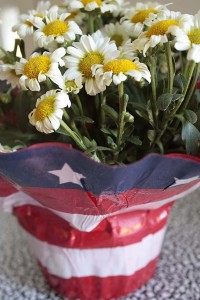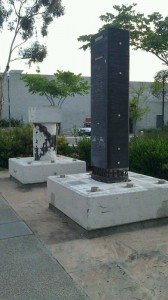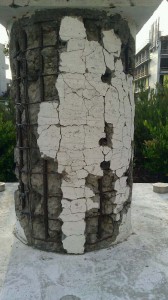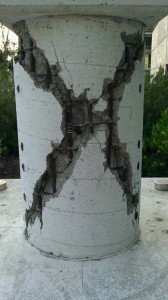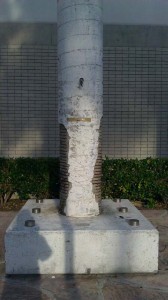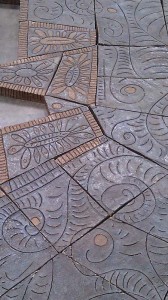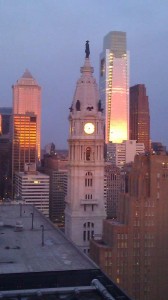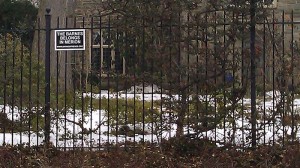The garden is turning decidedly brown as the temperatures warm and the dry summer gets underway–Sounds like a perfect time to revisit high spring in the local foothills. Or maybe that’s just a ruse to get an excuse to show some photos I didn’t get to posting yet. Pick whatever motivation sounds good to you…
When I visited Crestridge Ecological Preserve last May the rock roses (Helianthemum scoparium) were announcing themselves assertively. The little low plants were at their peak and vibrated with dozens to hundreds of brilliant yellow five-petaled flowers on each plant.
And anywhere that you saw rock roses you’d see hundreds of rock rose petals beneath the plants. I was trying to decide what I liked better, the flowering plants, or the red earth beneath them, dusted gold with fallen petals.
Rock rose. Cool plant.
“Cool plant” might not be your first reaction to the dodder (Cuscuta californica) that was everywhere. Lacking chlorophyll, its only way of surviving is to latch on to a host plant and suck on its vital plant juices, depleting the host while growing extravagantly all over it.

Someone on the trip pointed out that DNA work has established this as a member of the Convolvulaceae, the same family that includes Calystegia, the genus of native morning glories, as well as Convolvulus, the genus that contains the common garden morning glories. The new draft Jepson manual follows this classification.

If you’ve planted the garden morning glories, only to recoil in horror at how they coil over absolutely everything in their path, you’ll recognize the growth pattern that dodder adopts. Like morning glories, it twines like crazy. And, it’s parasitic! Extra bonus!! Dodder is an annual, so that even though it feeds off its host, it does so for only part of the year, mainly during the growing season when the host stands the best hope of keeping up with the dodder’s demands.
All that ickiness aside I happen to love how the stuff looks, twiny and golden, working its way through the landscape. Visually, it does what nothing else in the landscape does. I’m not the only person struck by its forms. There’s a fairly abstract, very modernist photo of dodder in Laguna Beach that was taken by Edward Weston way back in 1937. [ Check out the image at the Center for Creative Photography, in Tucson. ]
So, as far as I’m concerned: Dodder. Cool plant.
About the time I took this trip I happened to open up the Sunday comics to see the week’s Bizarro single-panel. I won’t stomp all over copyright and lift the image for here, but you can view it on Dan Piraro’s blog [ here ]. But let me try to describe it:
Night. Suburbia. Exterior of a house with a lawn and low, mounding foundation plantings. A sidewalk leads away from the front door. Tight shot of a couple who are leaving the house.
The woman, smiling, says to the man, “What terrific hosts.”
Behind them, in the doorway of their home, stands the host couple. Light spills out from indoors and onto the stoop. The man wears a pair of round black glasses, “Harry Potter glasses” you might say, though you sense that he was wearing them long before Harry Potter existed. He waves a weak farewell.
Next to him the hosting woman stands, her hands clasped. She does not look happy. She speaks.
“What incredible parasites.”
Who’d ever think that the host/parasite relationship would ever be material for the funny pages? Talk about timing, talk about coincidence, the trip to Crestridge, the dodder, the Sunday comic…






